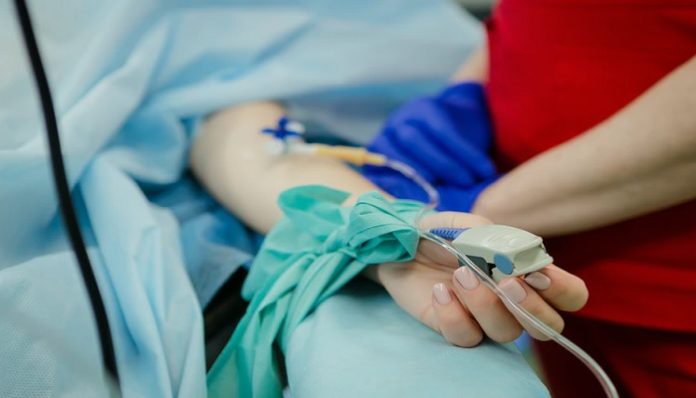
When you think of stroke, you probably imagine a condition that only affects older people. But, tragically, these cerebrovascular events can strike anyone of any age.
Therefore, it pays to educate yourself. Here are four facts and warning signs to know about strokes in younger people.
1. Some Other Conditions Can Mimic Stroke
If you only get the occasional migraine, you might not know that some people have a far more complicated form of the disease. For example, those with a rare variant known as hemiplegic migraine often experience many typical stroke symptoms.
When you experience stroke symptoms with no actual stroke, physicians refer to the condition as a mimic. While you might be relieved that your situation can reverse itself with minimal medical attention, a misdiagnosis can have tragic results. For example, the same medications that can prevent permanent disability in an ischemic stroke can prove fatal in the hemorrhagic version and may produce side effects if used when unnecessary.
Even if you have had migraines for a while, you should seek emergency treatment for stroke-like symptoms. Only a trained physician can tell for sure if further intervention is necessary.
2. You Must Get Help Quickly
There are two types of stroke:
- Ischemic stroke: In this version, a blockage in a blood vessel produces symptoms.
- Hemorrhagic stroke: In this variation, bleeding results from a broken blood vessel in your brain.
Ischemic strokes are far more common. When it happens, you have to obtain quick treatment if you want to avoid permanent disability. Medications called tissue Plasminogen Activators (tPAs) can prevent much damage if administered within 4 ½ hours of symptom manifestation.
3. You Might Have Different Symptoms
You can remember the symptoms of stroke by using the acronym FAST. It stands for facial drooping, arm weakness, speech difficulties, and talking. If you notice signs like the above, including garbled and confused speech, please seek emergency medical care immediately.
You might not experience all of these symptoms if you have a stroke while young, especially since the less common hemorrhagic version is more frequently seen in this age group. You might want to add “BE” to the FAST acronym, which stands for balance issues and sudden vision loss or double-vision in one or both eyes.
Pay attention if you have risk factors such as obesity, diabetes, high blood pressure, or cardiovascular disease. Smoking also significantly increases your stroke risk.
4. Lack of Health Care Access Negatively Affects Outcomes
Tragically, many young Americans delay stroke treatment until it’s too late. The nation is unique among the 33 wealthiest countries in that it does not guarantee health coverage to those aged 19 through 64, meaning many people might not seek the help they need due to cost.
Therefore, you should obtain health insurance so that you don’t let the fear of bankruptcy — or worse — keep you from the care you need. While you might still face a big bill, it pales in comparison to the cost of emergency care without any coverage.
Likewise, please take preventative measures to reduce your stroke risk. Begin a regular exercise program if you don’t already participate in one. Quit smoking if you indulge — you can find free resources to help you kick the habit. Eat a healthy diet high in plant-based foods and low in processed convenience meals that can clog your arteries.
You might not think it can happen to you if you are in your twenties or thirties, but strokes occur at any age. Please understand these four warning signs and facts about this condition in young people.
Featured image via Olga Kononenko on Unsplash


















